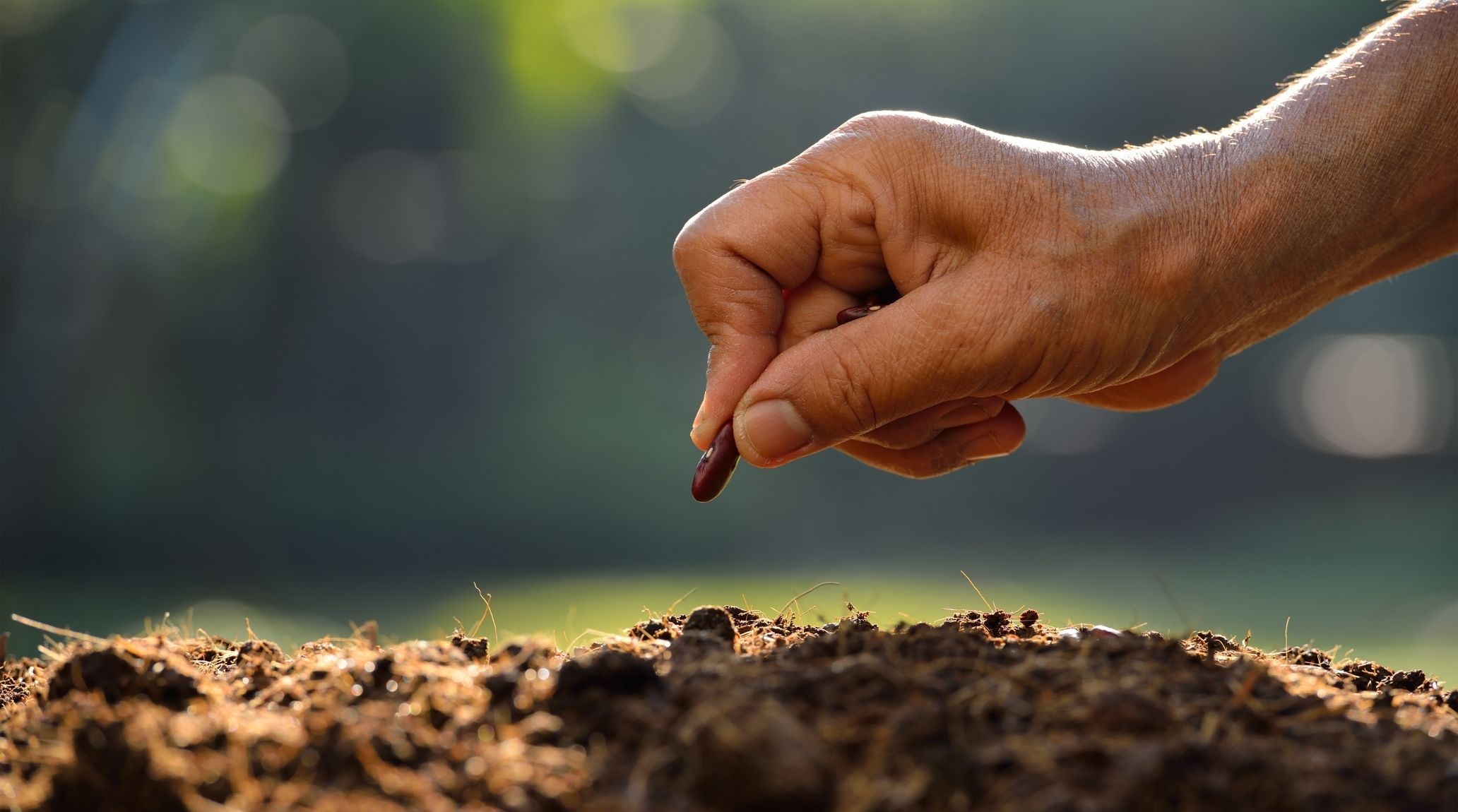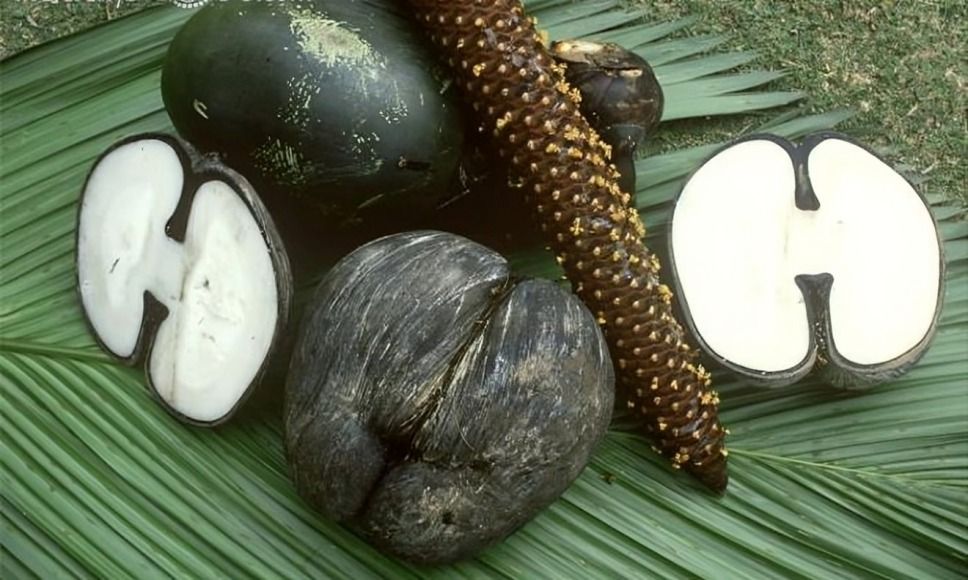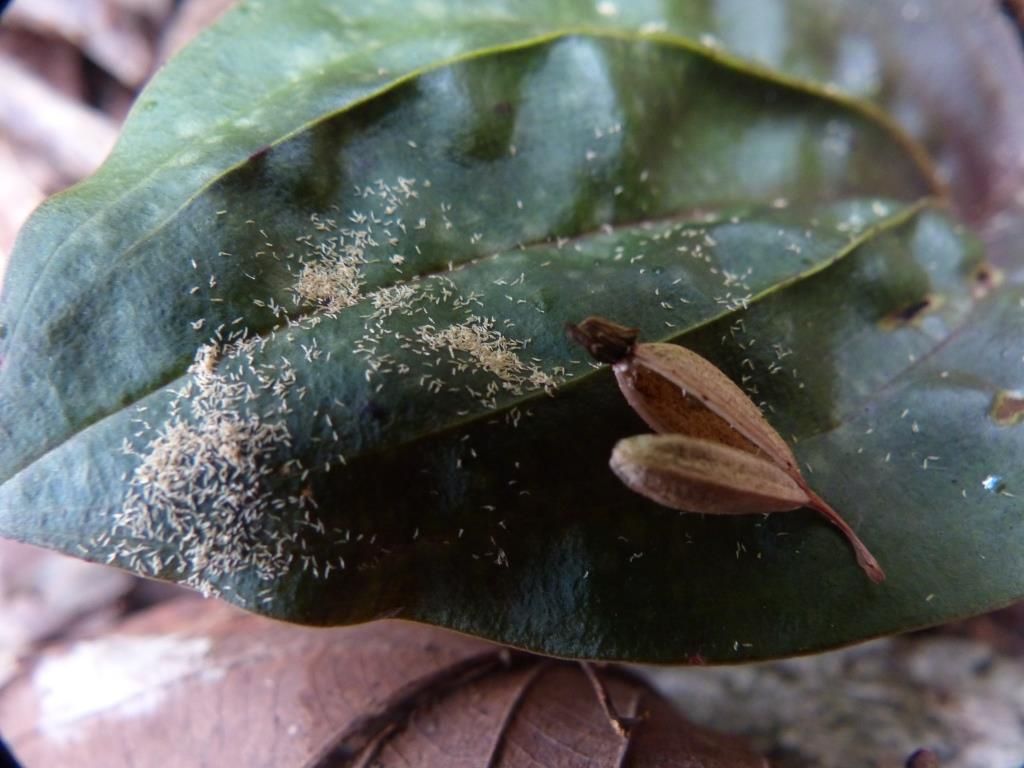
“
Seeds, the tiny marvels of nature, hold the key to life itself. From the smallest orchid seeds to the mighty coco de mer, seeds come in a staggering array of shapes and sizes, each with its own tale of survival and propagation. Join us as we delve into the fascinating world of seeds, uncovering 20 amazing facts that highlight their importance, diversity, and remarkable adaptations.1
1
”
Seeds come in an incredible variety of shapes, sizes, and colours, adapted for their specific plant's survival and dispersal strategies. From the minuscule dust-like seeds of orchids to the large, coconut-sized seeds of the coco de mer palm. 1
Seeds are essential in the global food supply, providing staples like wheat, rice, and corn, as well as nutritious nuts and legumes. These seeds are rich sources of protein, healthy fats, vitamins, and minerals. 2
The Millennium Seed Bank Project, located in the Wellcome Trust Millennium Building at Wakehurst, West Sussex, UK, holds over 2.4 billion seeds from approximately 40,000 species as of March 2021.3
Seeds can remain dormant for extended periods, sometimes years, until conditions are right for germination. This dormancy helps seeds survive adverse conditions like drought or cold winters, ensuring the plant's survival in unpredictable environments.4
Each seed is protected by a seed coat, a tough outer layer that shields the embryo from mechanical damage, pathogens, and dehydration. This protective coat is crucial for the seed's survival until it can germinate in favorable conditions. 5
Some seeds, like those found in ancient Egyptian tombs, have been preserved for thousands of years. These seeds provide valuable insights into past agricultural practices and the genetic diversity of ancient plant species. 6

The Lodoicea maldivica, a rare palm, produces the largest seeds of any plant. These slow-growing palms can live up to 350 years. Their fruits take up to six years to develop and contain one to three seeds, each measuring up to 50 cm (19.6 in) long.
Seed banks around the world store seeds from a wide range of plant species to conserve genetic diversity and ensure food security. These repositories play a vital role in safeguarding plant biodiversity against threats like climate change. 7
A kidney bean plant typically averages 4 seeds per pod which are kidney shaped, with around 20 pods hanging on the plant. This means that one kidney bean plant can yield approximately 80 seeds. 8
Seeds represent a significant evolutionary adaptation, allowing plants to reproduce more efficiently on land. They evolved from simpler structures in early plant species, marking a key milestone in the colonization of terrestrial habitats.9
A single cotton seed can produce over 1500 miles of thread, highlighting the incredible potential within each seed. 10
Some seeds, like those of the lotus plant, can remain viable for centuries. This remarkable longevity allows seeds to wait for decades or even centuries until conditions are right for germination. 11
Chia seeds are the tiny black or white seeds of the chia plant (Salvia hispanica).Just one ounce (28 grams or 2 tablespoons) contains approximately 138 calories, 4.7 grams of protein, 8.7 grams of fat (including omega-3 fatty acids). 12
The study of seed dispersal mechanisms reveals fascinating adaptations in plants. From explosive pods that eject seeds with force to fruits that entice animals to eat and disperse seeds. 13

The tiniest seeds belong to epiphytic orchids, weighing in at a remarkable 992.25 million seeds per gram (or 28,129.81 million seeds per ounce). To put that into perspective, grass pollen can reach up to 170.1 billion grains per gram.
Many seeds, such as sunflower and soybean seeds, are valuable sources of oils used in cooking, cosmetics, and industrial applications. These oils are extracted through pressing or solvent extraction methods. 14
In agriculture, the use of hybrid and genetically modified seeds has revolutionized crop yields and resilience to pests and diseases. Seed banks play a crucial role in preserving and improving these genetic resources for future agricultural needs. 15
The viability of seeds refers to their ability to germinate under favorable conditions. Factors like storage conditions, moisture content, and temperature can affect seed viability, influencing their success in agriculture and conservation efforts. 16
Some seeds, like those of eucalyptus trees, require intense heat, such as from forest fires, to trigger germination. This adaptation ensures that seeds germinate in environments where fire is a natural part of the ecosystem. 17
As climate change and human activities continue to impact ecosystems, the conservation and sustainable use of seeds are critical. Innovations in seed technology, conservation strategies, and agricultural practices will shape the future. 18


